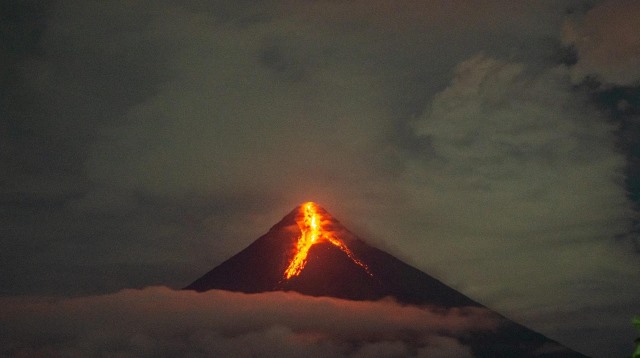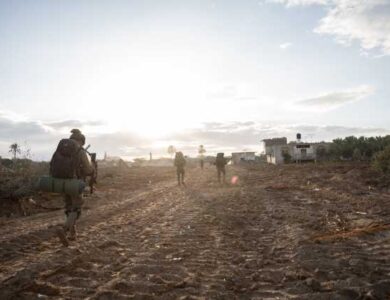Homes Engulfed in Flames as Volcano Strikes Icelandic Fishing Town

Houses in the fishing town of Grindavík in southwest Iceland caught fire as a volcano erupted for the second time in less than a month. The eruption occurred after an increase in seismic activity, leading authorities to evacuate the community. The first eruption began at 8 am, with lava flowing away from the town due to protective barriers. However, a second crack opened near the edge of the town around midday, with lava engulfing homes. At least three houses were seen on fire, and live images showed jets of glowing orange lava and a massive smoke cloud.
The nearby Blue Lagoon geothermal spa closed on Sunday, and Iceland’s president, Guðni Jóhannesson, addressed the nation, stating that while no lives were in danger, infrastructure might be threatened. Jóhannesson acknowledged the unexpected nature of the volcano’s activity, emphasizing the unity of the community in facing the challenge. The civil protection agency raised its alert level to “emergency,” the highest on its scale, indicating potential harm to people, property, communities, or the environment.
This eruption marks the fifth on the Reykjanes peninsula since 2021, with the most recent one occurring on December 18. The town of Grindavík had already been evacuated in December as a precaution, but over 100 people had returned in recent weeks before the latest eruption forced another evacuation. The Icelandic Meteorological Office expressed surprise at the volcano’s behavior, noting an increase in speed after a period of slowing down.
The animal protection association emphasized the need to rescue sheep in pens within the town. Officials are closely monitoring the Svartsengi geothermal plant, providing essential services to the Reykjanes peninsula’s population. Meanwhile, a search for a man believed to have fallen into a fissure in the town was called off, as it was deemed unjustifiable to put rescuers at risk.
Iceland’s geographical location between the Eurasian and North American tectonic plates makes it a seismic and volcanic hotspot. Unlike the 2010 Eyjafjallajökull eruption, the Reykjanes volcano systems are not trapped under glaciers, reducing the likelihood of similar ash clouds. The situation underscores the ongoing challenges posed by Iceland’s dynamic geological activity and the need for preparedness in the face of natural disasters.
Moment second fissure opens in Grindavík caught on live TV report – RUV#Grindavik #Iceland #Reykjanes #Volcano #Eruption pic.twitter.com/eujSpkWXkl
— Mikko 🌋 (@mikkomag) January 14, 2024




